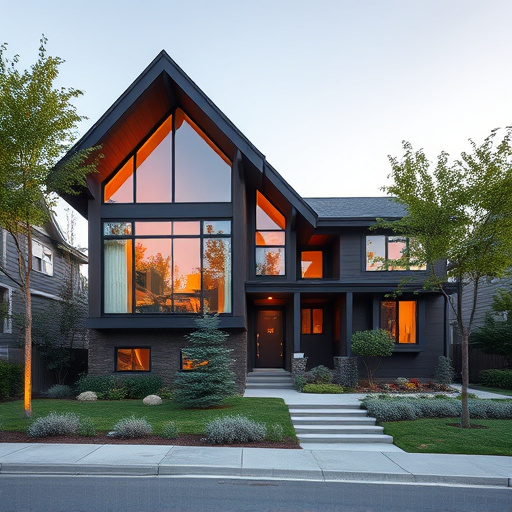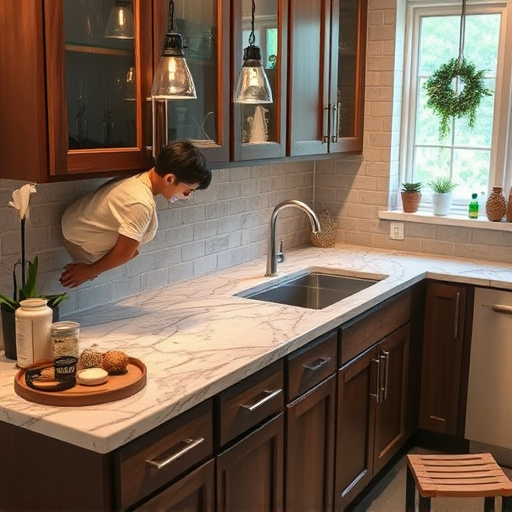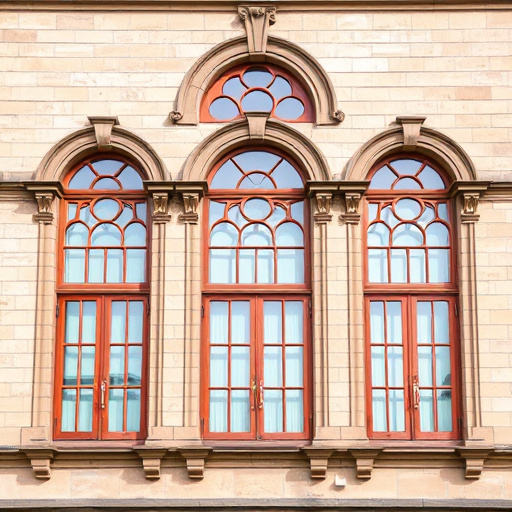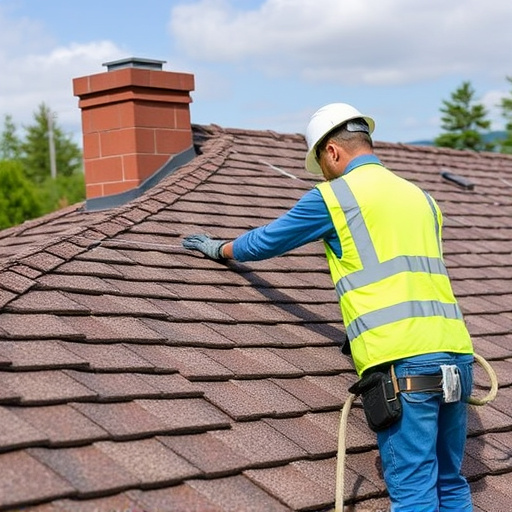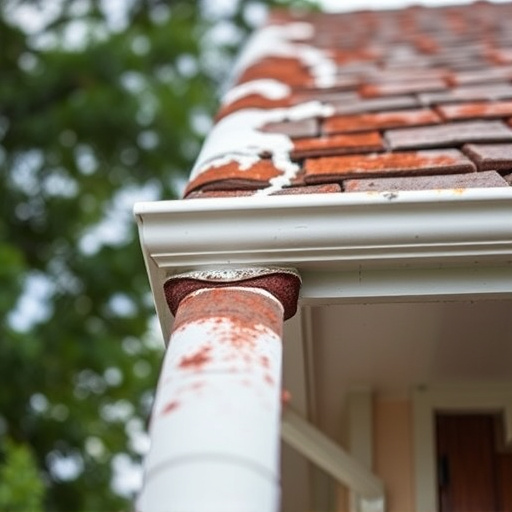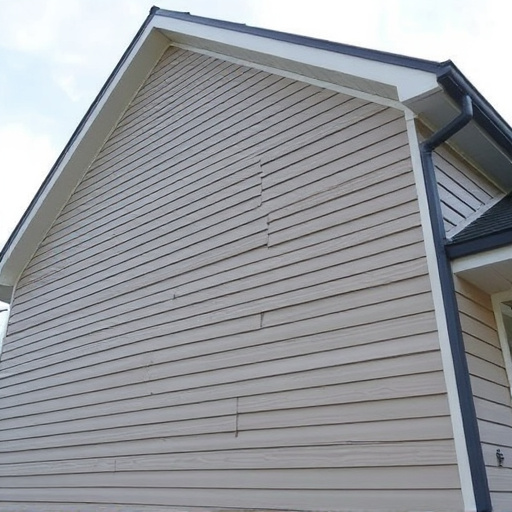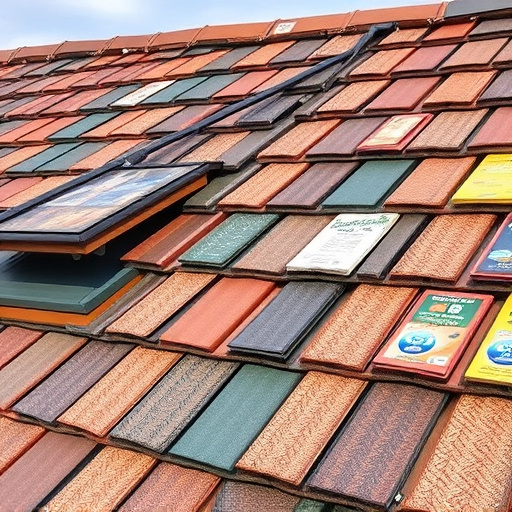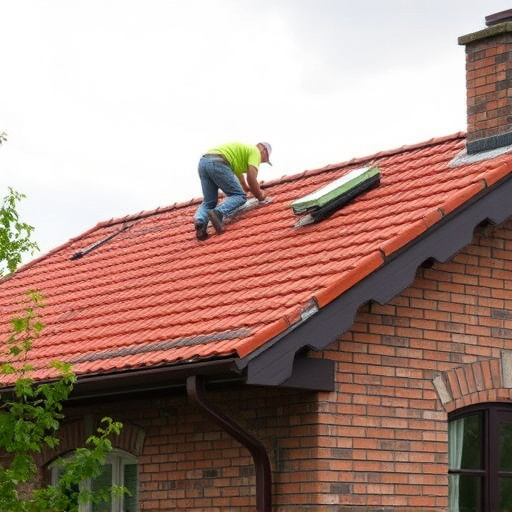Evaluating roof line and overhang is crucial for gutter installation. Understanding roof shape, pitch, and overhang length determines gutter type and size. Material durability is key; options include aluminum, steel, copper, and vinyl, each with unique benefits. Proper installation and cleaning ensure siding and gutters protect your home from weather and enhance curb appeal. This guide emphasizes structured root bindings for effective gutter installation.
Choosing the right gutter style is essential for optimal roof drainage and overall home protection. This guide will walk you through the key considerations for a successful gutter installation. First, evaluate your roof line and overhang to ensure suitable gutter placement. Next, understand the durability of various gutter materials available. Additionally, consider climate conditions and local regulations to maximize performance and prevent future issues. By following these steps, you’ll make an informed decision for effective gutter installation.
- Evaluate Roof Line and Overhang for Gutter Suitability
- Understand Different Gutter Materials and Their Durability
- Consider Climate and Local Regulations for Optimal Performance
Evaluate Roof Line and Overhang for Gutter Suitability

When considering gutter installation, evaluating your roof line and overhang is a crucial first step to ensure suitable gutter suitability. The shape and pitch of your roof play a significant role in determining the type and size of gutters that will best protect your home from water damage. Overhangs, or the portion of your roof that extends beyond the exterior walls, also impact gutter placement and flow.
For instance, steeper roofs with shorter overhangs typically require smaller, more frequent downspouts to prevent overflow while broader roofs with longer overhangs might necessitate larger-scale gutters to handle increased water volume. Understanding these structural elements allows for tailored gutter solutions, enhancing the overall effectiveness of your home’s drainage system and preventing potential siding replacement or roofing solutions issues further down the line.
Understand Different Gutter Materials and Their Durability

When considering gutter installation or a siding replacement, understanding the durability of different gutter materials is essential for maximum performance. Gutters are a vital component of your home’s exterior, protecting it from water damage and ensuring proper drainage. Common materials include aluminum, steel, copper, and vinyl. Aluminum gutters are lightweight, easy to install, and highly resistant to corrosion, making them a popular choice. Steel gutters offer superior strength and durability but may require more maintenance over time. Copper is known for its beauty and longevity, however, it can be more expensive. Vinyl gutters are affordable, low-maintenance options that mimic the look of other materials.
Choosing the right material depends on your climate, budget, and aesthetic preferences. In areas with extreme weather conditions, durable materials like steel or copper might be preferable. For homeowners looking for a cost-effective solution, vinyl gutters can provide a long-lasting and low-maintenance option. When combined with proper installation and regular cleaning, these materials ensure that your siding and gutters work in harmony to protect your home from the elements, enhancing its overall curb appeal and structural integrity.
Consider Climate and Local Regulations for Optimal Performance

(Structured, Repeating, Root Bedings & Structure, A Method
When choosing a gutter style, consider your roof line, overhang, local climate, and regulatory guidelines. Evaluating these factors ensures optimal performance from your gutter installation, enhancing your home’s protection against water damage and ensuring long-lasting durability. Selecting the right material, be it aluminum, steel, or copper, tailored to your region’s conditions will safeguard your property for years to come.
